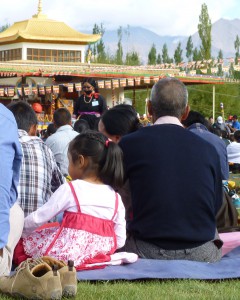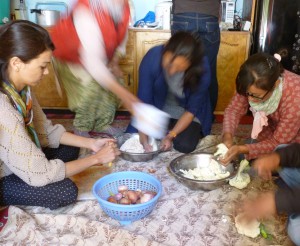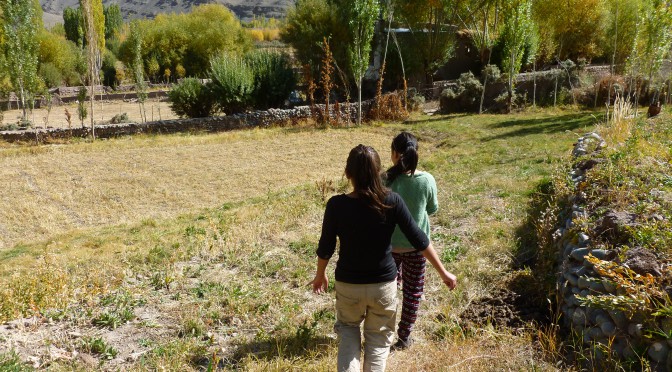The ACYIG website provides access to a vast amount of resources to facilitate
teaching and research.
By Bonnie Richard (Website Manager & Blog Editor) & Sara Thiam (Content Coordinator for Blog & Social Media)
Our interest group has developed a very useful (and always growing) repository of resources for teaching and research related to the anthropology of children, youth, and related topics. Hopefully you already know about our bi-annual publication, Neos, which publishes short, peer-reviewed articles as well as book recommendations, conference announcements, and group news. Neos articles can be great supplemental readings assigned to students in classes where you have to keep homework short and sweet if you want to keep those introductory or gen ed. students engaged. Our blog is also a great resource for teaching, as well as for networking since we often have articles from early career researchers, who might not have published much yet, as well as established scholars who are working on newsworthy topics.
Syllabi
When it comes to teaching, planning a new course, or just freshening up a course you’ve been teaching for a while, can take a lot of time. Whether you love developing course plans or find it a burden, it is incredibly helpful to have examples from other teachers. The syllabi page is a great first stop for ideas for various childhood/youth-related courses in anthropology and related disciplines. Please consider adding yours to our repository – email Bonnie to contribute.
Readings
We also have links to key readings and recommendations. To start,
for scholars and students new to the field, there is a list of introductory readings that includes survey articles, and references to introductory textbooks and edited volumes. Extensive topic-driven reading lists have also been
compiled by various ACYIG members, with input from our list serve community. Topics range from participatory research methods, to childhood and risk, and personhood and parenting across cultures. These are useful when planning a course and can save a lot of time when developing a bibliography or reading plan. Finally, we are also portal to prominent academic journals and lists of journals focusing on children and youth.
Multi-Media
What better way to break up students’ mid-class sleepiness than with film?! Check out our list of recommended films for courses on the anthropology of children, youth and childhood. These lists include suggestions for full-length ethnographic selections, as well as related films on the history of childhood and cross-cultural childhoods. You can subscribe to ACYIG’s YouTube Channel, where you can gain access to a broad array of shorter videos to supplement course reading and lecture materials.
External Resources
In addition to offering resources directly on the ACYIG website, we have also compiled a list of relevant websites, including research networks, child and youth-related data resources and organizations of interest.
Opportunities
Our members regularly circulate current calls for papers for conferences and publications, so you can keep yourself informed of professional dissemination and networking opportunities.
You or your students may also be able to benefit from the extensive  list of educational and training programs related to children, youth and childhood. There are undergraduate, masters, PhD and professional-level programs listed with links to their respective institutions.
list of educational and training programs related to children, youth and childhood. There are undergraduate, masters, PhD and professional-level programs listed with links to their respective institutions.
There is also a children and youth-related job forum – you can access member-posted job announcements, and post relevant positions.
Submit Content
In addition to being a great resource, our blog is a great way to gain visibility for your work at all stages, so keep the submissions coming. In addition, we welcome blog submissions from students! This can be a great way to engage students in a different genre of writing, and professors have reported to me that their students had a good time when they were assigned to write a blog (they had to write about research topics for a broader-than-academic audience, for example). Email Sara if you want to talk about a project that involves your students contributing to our blog.
The increasing importance of the ACYIG website as a resource for instructors and scholars is a direct result of the participation of our growing and engaged membership. Your resources, links, texts, lists, etc. are what make us relevant – so please, do not hesitate to email copies or links to resources that you think could benefit our membership! Thank you for your participation, and we hope that you will be able to benefit from this unique and diverse collection of resources relevant to children and youth to take your teaching and research into new and innovative directions.

